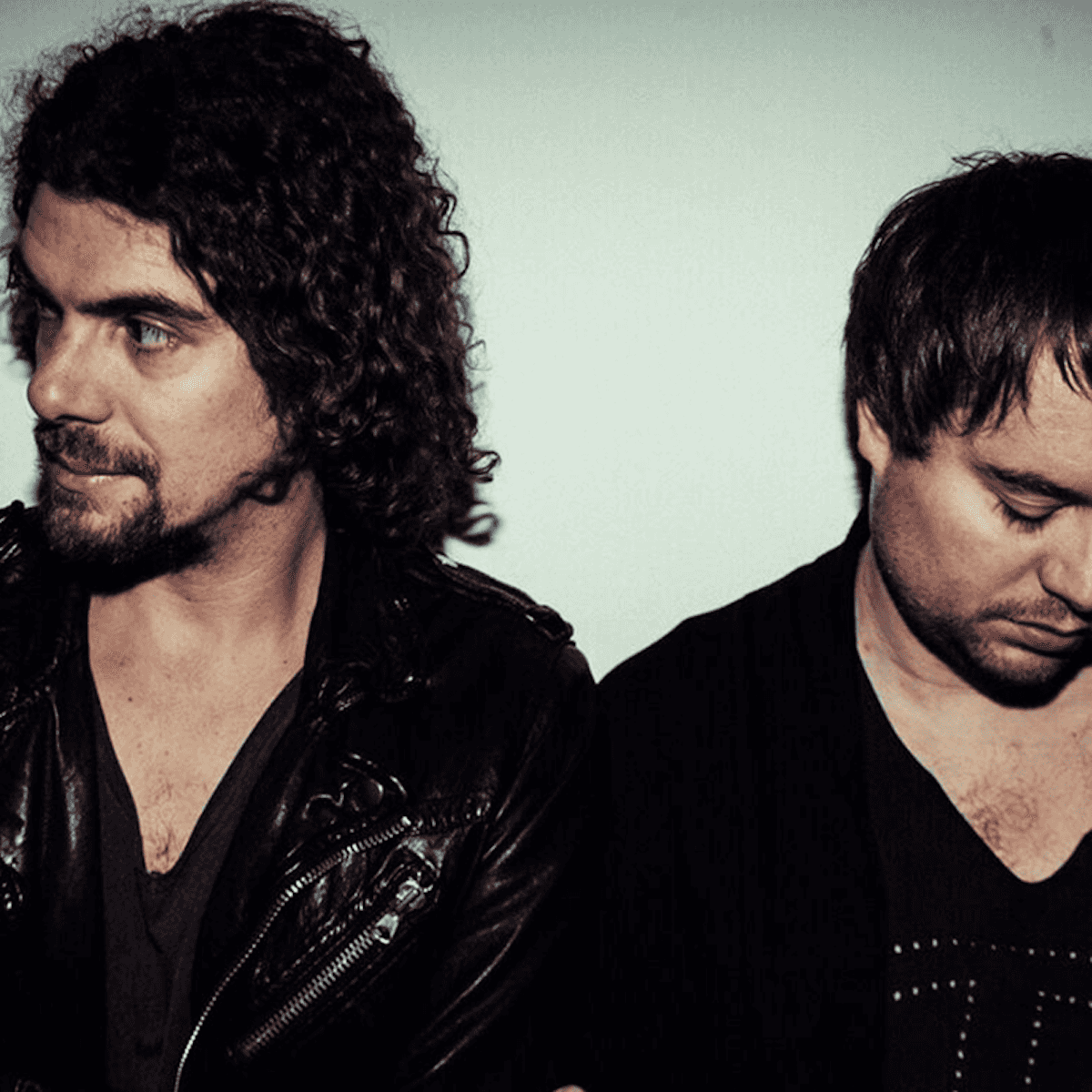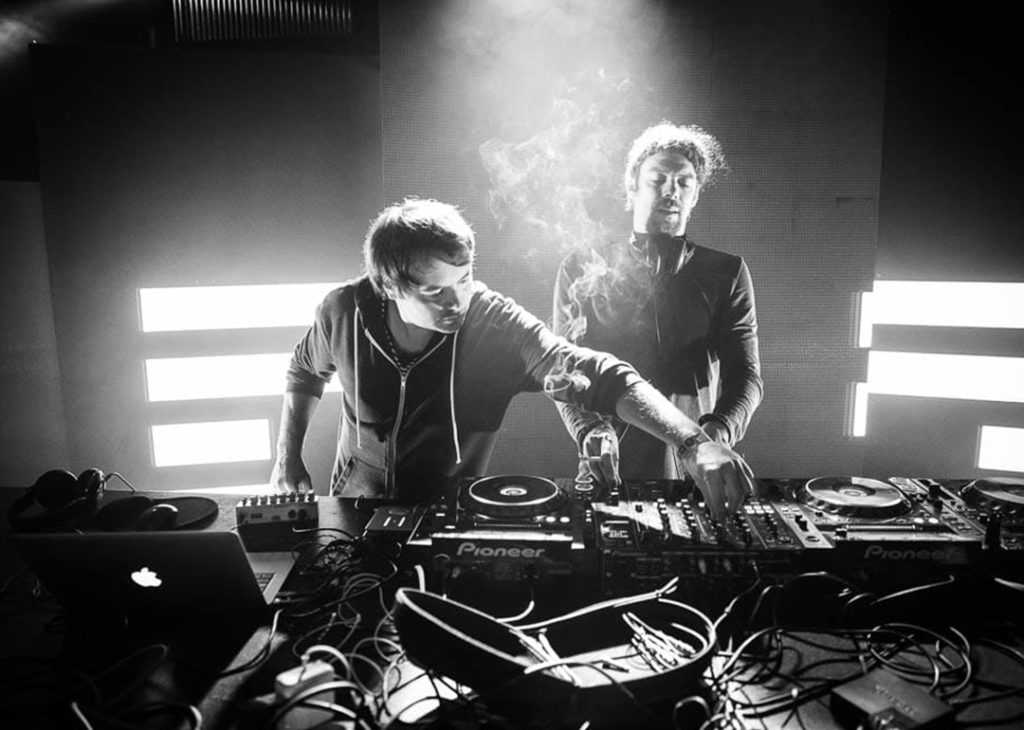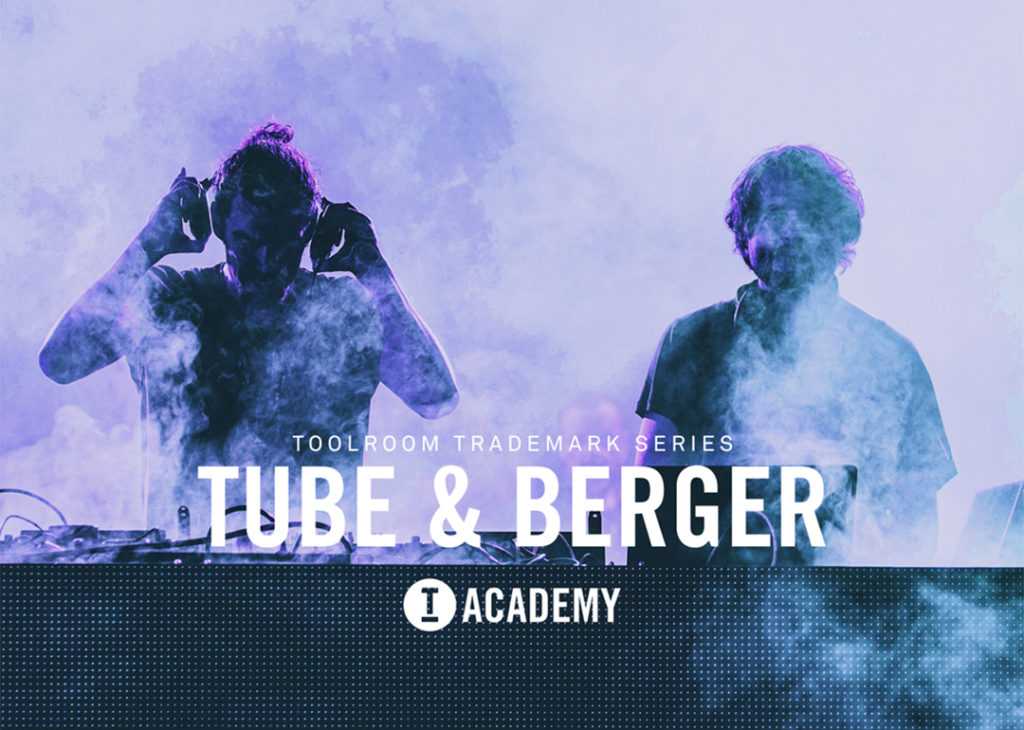We recently had a chance to catch up with them to talk about their past, present and future, as well as their brand new Toolroom Academy sample pack
It’s important for us to include organic elements in our music. Adding some dust and some quirkiness. Beside sounding fat, hip and nice, a T&B tune needs something outstanding.
Well, we started as a punk rock band when we were teenagers, but moved on to electronic music, right after attending our first rave in the late 90s. Still, we never left the genre of rock completely.
It’s a balancing act, to be frank. We generally produce what we feel like, but the “scene” can be a factor in the back of our heads, from time to time. At the end of the day, producing something that we don’t enjoy is not an option for us. So, if we feel like we need to make some tweaks to be more in tune with ourselves, so be it. Sometimes we’ll just sneak a new kind of tune into our sets to test out the waters.
That’s definitely one big way to stand out and get a more intimate feeling with the audience going. It may take a painstakingly big amount of practice, depending on what you have in mind, but it feels great to pull of (and looks nice on video ????
The best thing about it is finding and cooperating with artists who share the same vibes. In times when we might not be in peak producing mood, we can still make sure to share music that way. But in Germany we have a saying that “life is no pony-farm” (not a walk in the park). Same here with a label. There’s many people and processes involved to keep it running on the day to day.
We have an interesting relationship with Juliet, as we’re teaming up with her on all fronts. On the one-hand she’s a long-time friend with who we love to make music with. On the other hand, she’s also a badass label executive. A devilish, yet irreplaceable mixture, you know.
Our love story is going on for quiet some time now. One of the first nights we’ve met was in Dubai and the party was supposed to be outside. It rained cats and dogs so we went inside and agreed to save our energies for another time. A few years later we played together in Bangkok and we all had too many drinks. Illyus & Barrientos were there too and we still have to laugh when thinking of this one night in Bangkok with the lads.
Thinking back there were tons of highlights! Songwriting sessions in London, wild nights in Amsterdam, a mad car ride through London with around 12 DJs in the Toolroom van. Mark is a legend of a driver btw. To put it in one sentece: straight up good vibes.
Depends on whether we’re in a life situation or in the lab producing. Generally, we use Ableton for our DJ sets and go with Cubase in the studio. Not much has changed in this sector for us, as these two remained highly reliable over the years.
Avenger and Nexus are probably our favorite Vst Synth atm. We also like Arcade which is a a bit different in terms of handling. NI Kontakt and all it’s Instruments are cool too.
We love to get inspired by new samples in the production process. That has been the root of quite some of our songs. Just try and keep it tidy and well sorted as the library grows into infinity. This way you can come back to your favorites and it will save you some good amounts of time later on.
Let’s put it that way: You could compare it with creating a Tube & Berger trailer score pack. We went from movie to movie / song to song without spoiling the story too hard and leaving some room for your own creativity.
We basically went from the basics (drums, grooves) to the higher levels (bass, melody) piece by piece, thereby creating a new mini tune each time.
Who says we are doing it this way? 😉
We had some funny moments in the process. From time to time we couldn’t help ourselves but elaborate on the samples. Let’s see what is to come.
“Rip off” is a very harsh way to put it. Some of the greatest hits of all time have been inspired and based on samples (no matter which genre). We’re using samples on the regular and are not planning to stop anytime soon. Pretty much everything in arts has its roots somewhere else. Isn’t that kind of beautiful even?
Our favorite piece of gear is definitely the Prophet 6. Somehow it finds it‘s way into almost every production and so it did when we made this sample pack.
Absolutely. Ranging from vocals to drums to the sound of household items. Everything could be a great sample, if you use it the right way.
The main problem is, that you’d be growing a beard, so long that even Gandalf would be envious of you, before even finishing the first 16 bars of your track. Why not giving a great sample your own spin in a fraction of the time?
With the included MIDI-Files the melodies and basses are easily transferable to any sound of your choice.
Don’t overcomplicate. Every second spent overthinking is a second you haven’t spent on creating.


